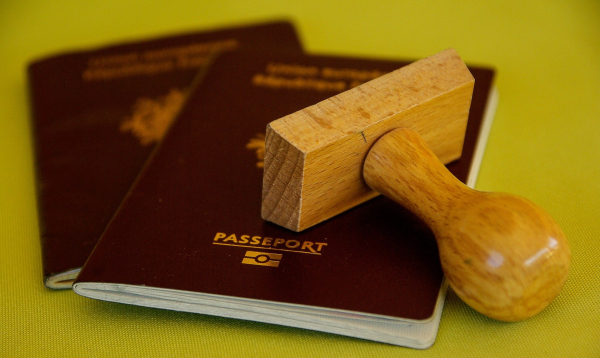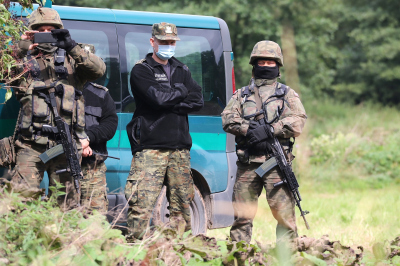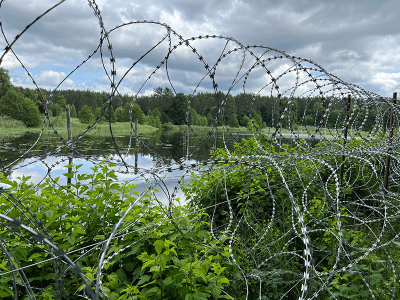
The Office for Foreigners has published the statistical data on the international protection granted by Poland in 2017.
Applications figure cut in half
A key trend unveiled by the statistics is that significantly fewer people seek international protection in Poland. With about 10,000 asylum applications submitted annually in preceding years, the figure recorded in the reported year was 50% lower. According to data for early October 2017, as many as 3,500 out of 5,000 applications were filed by Russian nationals, 94% of whom were Chechens. Another 13% of the applications originated from Ukrainian citizens and further 3% – from Tajikistani nationals.
“The number of applications does not reflect the actual number of persons seeking protection; on average, each application concerned two people. As the statistics show, a half of this number were children”, says Ewa Ostaszewska-Żuk, an attorney working for the HFHR.
It seems that the main reason for the drop in the number of asylum applications was the Border Guard’s practice or refusing to receive applications at the Terespol border crossing station and returning foreigners to Belarus. Prior to 2017, Terespol had been the location where the majority of asylum applications had been submitted. The HFHR has been often reporting on these unacceptable practices, warning that asylum seekers are unlawfully denied access to Poland.
520 persons granted international protection
In 2017, only 520 persons obtained international protection in Poland, slightly above a half of them Ukrainians. Permits for “tolerated stay” or “humanitarian reasons” residence permits were issued to 227 foreign nationals.
Poland: no destination country for refugees
A high number of foreigners move to countries of Western Europe already when the asylum proceedings are pending. This is a consequence of the mediocre integration offer for immigrants in Poland and the existence of large Diasporas in Western Europe, where foreigners hope to find support.
Compared to the EU average, Poland accepts significantly fewer refugee applications (approx. 50% vs. approx. 10%, respectively).
Furthermore, foreigners may be deterred from seeking asylum in Poland by often unfair consideration of their applications. The Helsinki Foundation has handled many cases in which immigration authorities either failed to properly investigate evidence given by victims of torture or outrightly disregarded that fact.
Why Chechens and Tajikistani apply in Poland?
The refugee status is awarded primarily to the victims of political, religious or ethnic persecution, or another form of maltreatment. The law does not require that a person seeking international protection in Poland come from an area affected by an armed conflict. “Human rights abuses, persecution of political opponents or the use of torture are the grim reality of both Russia (and especially Chechnya) and Tajikistan. That’s why the nationals of those two countries decide to seek protection in Poland”, explains Jacek Białas, immigration attorney working with the HFHR.
What is more, nationals of countries of the former USSR are unable to seek protection in Belarus. Russian citizens, including Chechens, are unable to obtain the refugee status in Belarus. Also, there have been cases in which Belarussian authorities handed over prospective asylum seekers to Russian secret services. For all these reasons, Belarus cannot be considered a safe country for refugees.
Moreover, there are no legal counter-indications that would forbid citizens of Russia, Tajikistan or any other country from submitting asylum applications in Poland. No legal provisions, including those of the Geneva Convention on the status of Refugees, oblige a person to seek protection in the nearest safe country. Any assumption to the contrary would place an unreasonable burden on countries neighbouring conflict zones, which are often already under a heavy strain of refugees.


